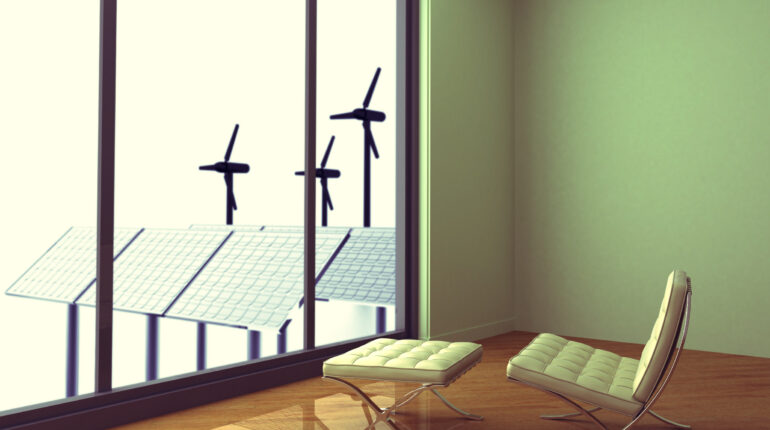
Trends typically come and go, but many popular home design features are here to stay. For instance, sustainability and eco-friendly practices have become the norm over the past few years with new construction regulation stipulating that windows are airtight. In fact, when people buy a home, they expect that the structure has at least some sustainable materials. In years to come, that expectation will increase. Therefore, you should include eco-friendly materials when remodeling your home, and windows are a great place to start.
Frames
Window frames hold the whole apparatus together and are partially responsible for how airtight your home is. You can take it a step further by selecting eco-friendly materials for your window frames. Wood is generally a good choice because this classic choice is energy efficient and looks beautiful. In saying that, wood can be expensive to maintain and might not be the best choice in climates with fickle weather. If you love the look of wood and live in a stable climate, be sure to purchase windows that have been approved by the U.S. Forest Stewardship Council. Wood certified by this group is sustainable, so you won’t have to worry that you’re negatively impacting the environment.
Fiberglass is another great window frame option. This material is made of glass particles bound together by resin. Glass is comprised of sand, which is one of the most abundant materials on earth. Furthermore, fiberglass is energy efficient and durable, earning the Energy Star, LEED and Green Globe rating seals.
Glass
The glass you choose for your window is built with several components. Insulated glass is an eco-friendly choice because it does not gain or lose much heat, but you’ll have a few choices along with it. The gas inside and the coating on the outside can further decrease your carbon footprint.
Insulated windows function in the way their name suggests, featuring two or more panes of glass separated by space. The space between the sheets can be filled with air or gas. Opt to fill your insulated windows with argon gas. This invisible compound helps prevent the transfer of heat, helping the window perform better as a whole.
Pick low-E glass, which is coated with silver so thin, it’s invisible to the naked eye. The silver reflects radiant heat from the sun, but permits visible light to enter your home. Low-E has a low solar heat gain coefficient (meaning it’s good at keeping the heat out).
Sun control
While having a low solar heat gain coefficient for your glass helps decrease the amount of radiant heat entering your home, it doesn’t totally prevent heat gain. For this reason, you may want to take extra measures to ensure your window remodel is an eco-friendly one. Installing retractable screens is another method of blocking heat and you can select a variety of options. For example, choose motorized retractable screens that come with a sun sensor, a device that automatically deploys the screens on a sunny day. This feature ensures your home won’t be pumped with radiant heat, even when you are away and can’t pull down the screen yourself.
Installation
All the eco-friendly window materials and shades in the world won’t help reduce your carbon footprint or lower your energy costs if the windows aren’t installed properly. The windows you select (which should have the Energy Star seal) must be installed according to the manufacturer’s instructions. Be sure your building team follows the correct installation method in order to make the most of the other measures you’ve taken (good materials, great glass and retractable screens).
